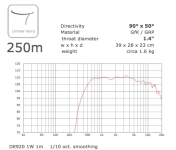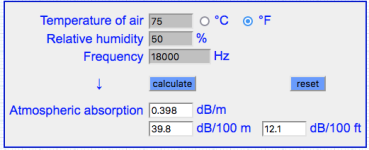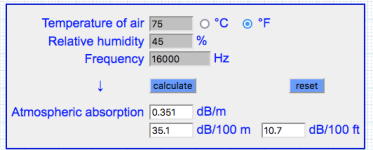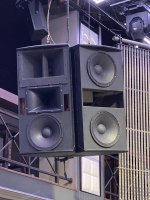Hi!
Which compression driver would be your choice above 1khz for a club installation? The dcx464 or the dcx354?
The driver hast to play over 3x 18Sound 15NTLW3500 (80-350Hz) and a 10" Midhorn JBL 2012 (350-1100Hz).
Crossover will be active FIR with Powersoft Amps. Horn for the Coax is a Limmer 250M.
Which compression driver would be your choice above 1khz for a club installation? The dcx464 or the dcx354?
The driver hast to play over 3x 18Sound 15NTLW3500 (80-350Hz) and a 10" Midhorn JBL 2012 (350-1100Hz).
Crossover will be active FIR with Powersoft Amps. Horn for the Coax is a Limmer 250M.




